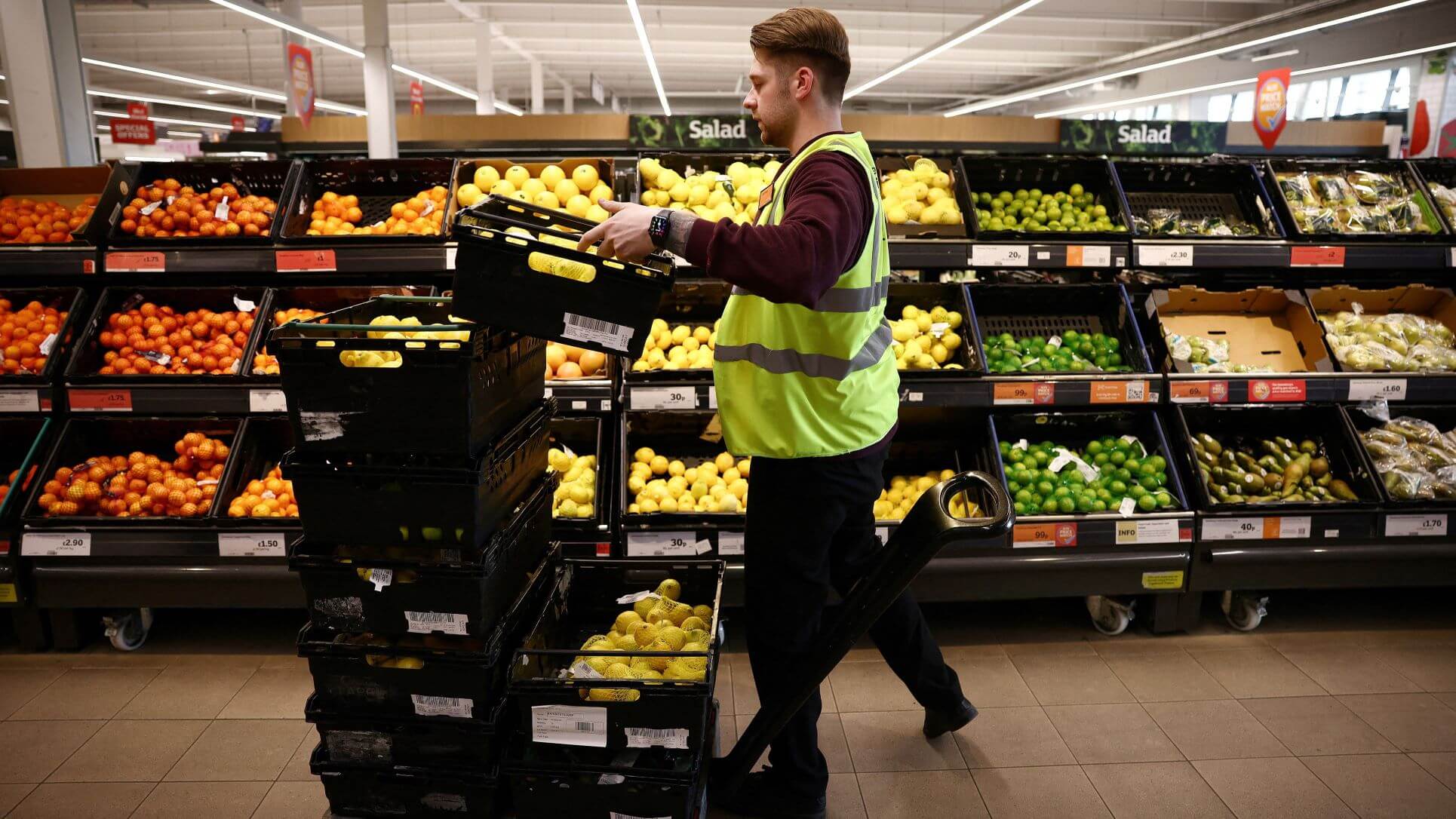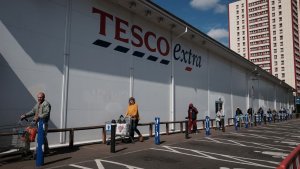‘Every Little Helps’: How Knowing Its Customers Drove Tesco’s Success
How the supermarket's Clubcard led to its dominance in the digital era.

Retailers understand they have to ‘follow the customer’. Yet few actually invest in understanding their direction of travel, even though doing so helps to provide retailers with a powerful means of differentiation.
Tesco was one of the first to demonstrate this when it launched Clubcard as the world’s first mass grocery loyalty scheme over 20 years ago. It was one of the first retailers to realise the value of knowing its customers.
This knowledge helped to drive unprecedented growth at Tesco, establishing key learnings and best practice that still hold true today and have become ever more important for winning with customers in the digital age.
By the end of the 1980s, Tesco had modernised nearly every aspect of its business. Successive leaders recognised that the retailer needed to be able to compete head-to-head with its competitors.
It took nearly 15 years, but operations were centralised, the store estate was rationalised and store formats were updated, introducing the out-of-town superstore for the modern, car-borne shopper.
Marketers, food technologists and packaging experts were hired to uprate Tesco’s core offer alongside where and how it was sold. In short, Tesco became obsessed with beating the competition at its own game.
This is why one of the first lessons to learn about Tesco’s now famous ‘Every Little Helps’ strategy is that it did not emerge, fully formed, in isolation from the rest of the business development that preceded it.
Tesco management turned to its customers once it had modernised its business to the point that it was unable to learn anything really new from its competitors. By 1992, they needed to find new drivers for the business.
At its core, Every Little Helps was designed to establish how Tesco could make life easier for its customers; even if it was in small, incremental ways. This was why the customer replaced the competition as its driver.
But, again, it would likely have never gone this way had this period not coincided with Tesco appointing its then marketing director, Terry Leahy, to the board, which was a first for a UK retailer – another learning.
Terry’s curiosity drove the first forays into finding ways to listen to the voice of the customer. Most remember Clubcard, as the loyalty scheme launched in 1995, as the main manifestation of Every Little Helps.
But many initiatives aimed at showing that Tesco was listening to its customers came before Clubcard. They said they didn’t like queues, so ‘One in Front’ aimed to open extra checkouts if queues got too long.
In 1995, the launch of Clubcard represented the apotheosis of this strategy. Registered members swiped their loyalty card at checkout to earn one point per £1 spent in return for vouchers sent quarterly by direct mail.
Clubcard had three main objectives:
· to recognise customers and thank them for their custom;
· to enable direct performance marketing in a way rarely used by a branch-based grocery business; and
· to capture data on customers’ shopping behaviour that would enable us to run the business better.
With 70% of sales captured and matched to individual customers within days of launch, Tesco quickly saw that some 50% of its customer base was driving about 80% of sales. It showed Tesco who its customers were.
It used this insight on who was buying what, from which buying intent could be inferred, in order to give those customers more of what they want, while serving the entire customer base better (and Terry became CEO).
The customer data gathered through Clubcard was analysed to derive insight that informed actions taken to refine price, range, merchandising and marketing that would have the effect of fostering even greater loyalty.
By 1997, Tesco knew that Clubcard was pivotal in the realisation that the aim of Every Little Helps was: “To create value for the customer to earn their lifetime loyalty’. It followed its customers and they responded.
Tesco went on to grow its market share from 25-33% and, in 2014, became the world’s second largest retailer by revenue. Today, Clubcard still has some 17 million members. But Amazon is now second in the world.1
Understanding the role customer data played in Tesco’s late 20th century ascendancy is essential to put online growth in context. Tesco needed a loyalty scheme to glean insight that ecommerce rivals take for granted.
Digitally enabled, as well as data-driven, consumer-facing businesses that are able to put their customers at the heart of everything they do are able to follow the customer and give them more of what they want.
This is was what separated the winners from the losers then, and it is what will drive those who put their digital customer connections to work to serve those customers better onto win now, and in future.
Omnichannel Retail: How to Build Winning Stores in a Digital World by Tim Mason with Miya Knights, is published by Kogan Page and priced £19.99.
Thanks for signing up to Minutehack alerts.
Brilliant editorials heading your way soon.
Okay, Thanks!

